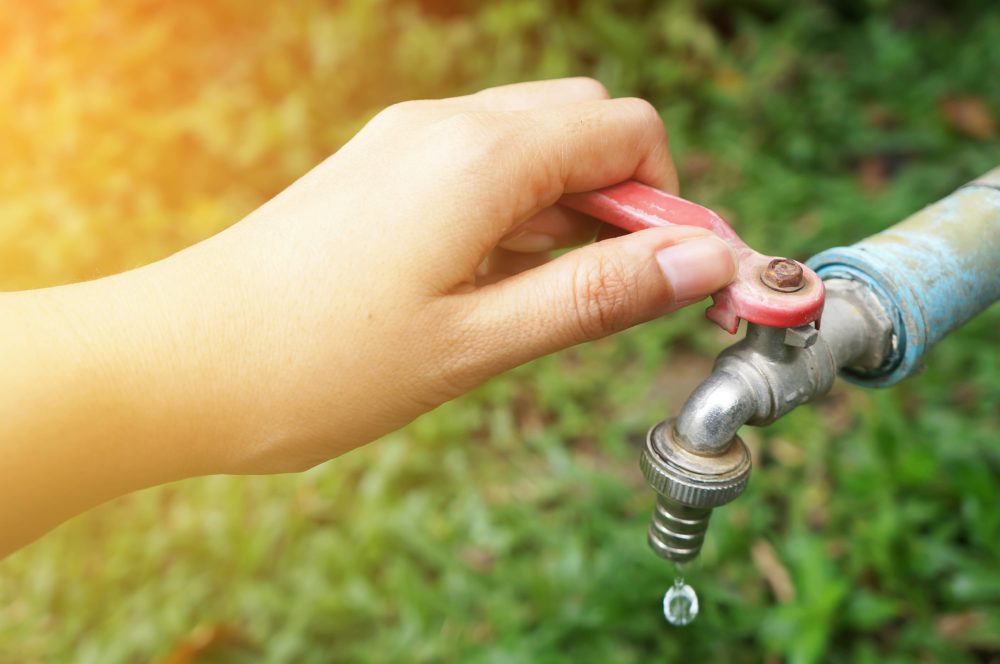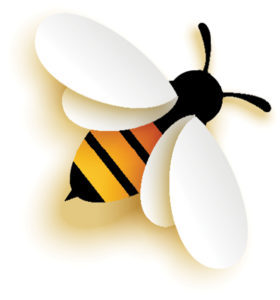
13 Bee-Cool Facts
Did you know that bees are responsible for just about one in every three bites of food we eat? So if we want to continue to eat well and share the planet with these amazing little creatures, it’s important to teach children about bees. Here are 13 cool facts to share with the kids in your life.

- Bees have 5 eyes and 6 legs.
- Honey bees live in hives (or colonies). The members of the hive are divided into three types: queen, workers and drones.
- There are more than 20,000 species of bees.
- Bees see all colors except the color red. That and their sense of smell help them find the flowers they need to collect pollen.
- An average beehive can hold around 50,000 bees.
- Each bee has 170 odorant receptors, which means they’re sense of smell is extraordinary.
- Worker bees go from one flower to another, collecting nectar. In one collection trip, a bee visits 50 to 100 flowers.
- Carpenter bees create tunnels that usually look about one or two inches deep, but they can be up to 100 feet long.
- The queen bee lays all of the eggs in a colony. At the height of the season, she may lay more than 2,500 eggs per day.
- Honey bees are great flyers. They fly at a speed of around 25km per hour and beat their wings 200 times per second.
- It takes 21 days for an egg to develop into an adult bee.
- Honeybees pollinate more than 100 crops in the U.S.
- Over the past 15 years, colonies of bees have been disappearing, and the reason remains unknown. In some regions, up to 90% of bees have disappeared.
mrbondscienceguy.com
Water-Saving Tips
With another early summer of sweltering temperatures in the North Bay, the counties of Marin, Napa and Sonoma are listed on Gov. Newsom’s Drought Emergency Declaration list, which includes 41 of the state’s 58 counties. According to Sonoma Water, the North Bay recently experienced the third-driest water year on record during the last 127 years. As local counties urge residents to reduce water use, here are some water-conservation tips to consider.

Use a Broom. Instead of washing sidewalks, walkways, driveways, or other hard-surfaced areas with a hose.
Be careful not to over-water. Irrigation runoff to streets and storm drains from overwatering or sprinkler-overspray of landscapes.
Use an efficient hose. A hose without a self-closing shutoff nozzle to wash cars, boats, or trailers reduces water.
Time your watering. Irrigate outdoors during and within 48 hours following measurable rainfall.
Water sources. Use potable water in decorative water features that do not recirculate the water.
Go to a car wash. Opt for a machine car wash over a hand wash, preferably a green-certified business. This will reduce the amount of water used during washes.
For the front yard. Place a layer of mulch around trees and plants.
For the backyard. Cover pools and hot tubs. This will reduce evaporation.
Source: sonomawater.org
The Water Footprint of Food
Nearly everyone has heard the term “carbon footprint,” but what about our water footprint? While most people have their upcoming water bill in mind when taking a long shower or watering the lawn, does anyone really consider H20 when grocery shopping?
Depending on your diet, the food we buy can have a huge water footprint. If you buy one kilogram of beef (about 2.20 pounds) for a barbecue, there’s been an average of 15,415 liters of water used in its production, as shown in the chart. Nuts are another thirsty food type with 9,063 liters of water needed to produce the average kilo. Further down the scale are fruits and vegetables, requiring 962 and 322 liters per kilogram, respectively. In terms of the most water-efficient way to consume calories, the best from this list is cereals—one kilogram, which requires 0.51 liters.
Source: Statista



